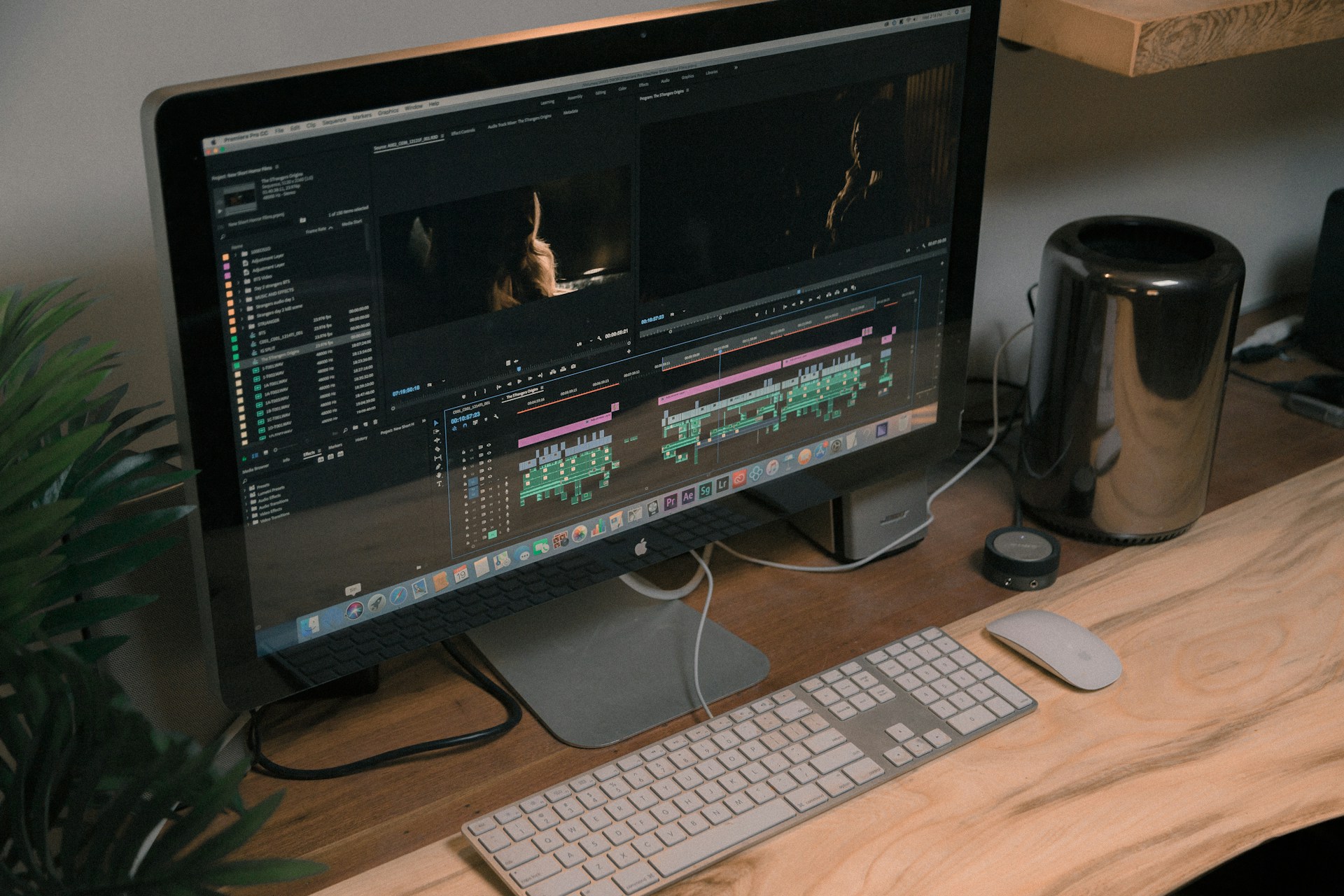Content distribution is a critical part of digital media. While creating engaging content is one piece of the puzzle, ensuring it reaches the right audience at the right time completes the picture. Content distribution helps spread messages effectively, attracting the engagement and attention content creators desire. However, mastering how to get content in front of the ideal audience remains a common challenge.
Distributing digital content effectively can be tricky. Content creators often run into obstacles such as inconsistent messaging, attracting attention amidst a sea of information, and tracking performance across various platforms. As these challenges arise, finding new strategies and tools becomes essential for staying afloat in the digital landscape.
Understanding Content Distribution Channels
Navigating content distribution channels means getting familiar with different avenues available to share content. These can be broadly classified into three main types: owned, earned, and paid.
– Owned Media: This includes channels directly controlled by creators, such as blogs, websites, and newsletters. By maintaining these channels, content creators ensure complete control over the message and timing.
– Earned Media: This is all about the buzz that spreads organically, like mentions, shares, and feature articles. It’s like word-of-mouth but in an online setting. When content strikes a chord, it generates genuine interest, propelling its reach naturally.
– Paid Media: This involves paying to boost content visibility through advertisements or sponsored posts. Think of it as renting space on popular platforms to catch the eye of potential viewers or readers.
Each channel plays a role in a broader content strategy. Owned media builds a loyal audience base, earned media increases credibility, and paid media accelerates reach. Balancing these channels is key to a successful distribution strategy, ensuring a comprehensive approach to spreading content far and wide.
Common Content Distribution Challenges
Navigating the tricky waters of content distribution often reveals several hurdles. One major challenge is making sure content reaches the correct audience. It demands a strong understanding of the audience’s preferences and habits. Simply blasting content into the digital void without targeting can lead to wasted efforts and missed opportunities.
Another issue is handling the complexity of multiple platforms. Each one has its quirks and best practices, which means content might need adjustments to fit each unique setting. This process can be time-consuming but is necessary to maintain relevancy and engagement across various audiences.
Ensuring a consistent message across all channels is no small feat either. Consistency doesn’t just involve similar themes but making sure the tone and voice stay uniform. Any slip can confuse the audience and dilute the message, which could hinder brand credibility.
Finally, learning to decipher analytics can help measure success but poses its own set of problems. Many metrics exist, and figuring out which ones truly matter can be hard. Without this understanding, making strategic adjustments is difficult.
Strategies to Overcome Distribution Challenges
Though these challenges might seem daunting, various strategies can ease the process. One useful approach involves using content planning and scheduling tools to streamline operations. These tools help maintain consistency and organisation, two critical elements for effective distribution.
Social media remains a powerful channel for distributing digital content. It’s not enough to simply post; using curated strategies to maximise reach and engagement is essential. Regular interaction, thoughtful content, and targeting posts can help harness the potential of these platforms.
Building partnerships with influencers can also be beneficial. By leveraging their established audiences, content creators can expand their reach and build trust. When an influencer shares content, their audience is likely to pay attention, which can translate into increased engagement.
Finally, adopting a data-driven approach can drive continuous improvement. This involves analysing past performance and using insights to guide future decisions. It might mean tweaking the content itself or shifting strategies to match changing audience behaviours.
Importance of Professional Help in Content Distribution
Overcoming content distribution challenges sometimes requires external expertise. Professionals bring valuable insights and tested strategies to the table, helping to streamline processes and improve outcomes. With their help, creators can focus on crafting quality content while ensuring their message reaches the intended audience effectively.
Viewing content distribution through this lens can ensure success and prevent frustration, as tackling all the nuances involved can be quite demanding. By working with experienced partners, managing the spread of content becomes a more structured and rewarding experience.
As content distribution is important in spreading your message far and wide, tapping into innovative strategies can make a significant difference. Whether you’re tackling challenges like reaching your audience or managing content across platforms, professional assistance can be invaluable. On Air is here to streamline your process and ensure your message hits the mark. Discover how partnering with us in digital content creation can optimise your efforts and propel your material to new heights. For further inspiration and insight into producing compelling digital content, explore digital content creation with us today.






